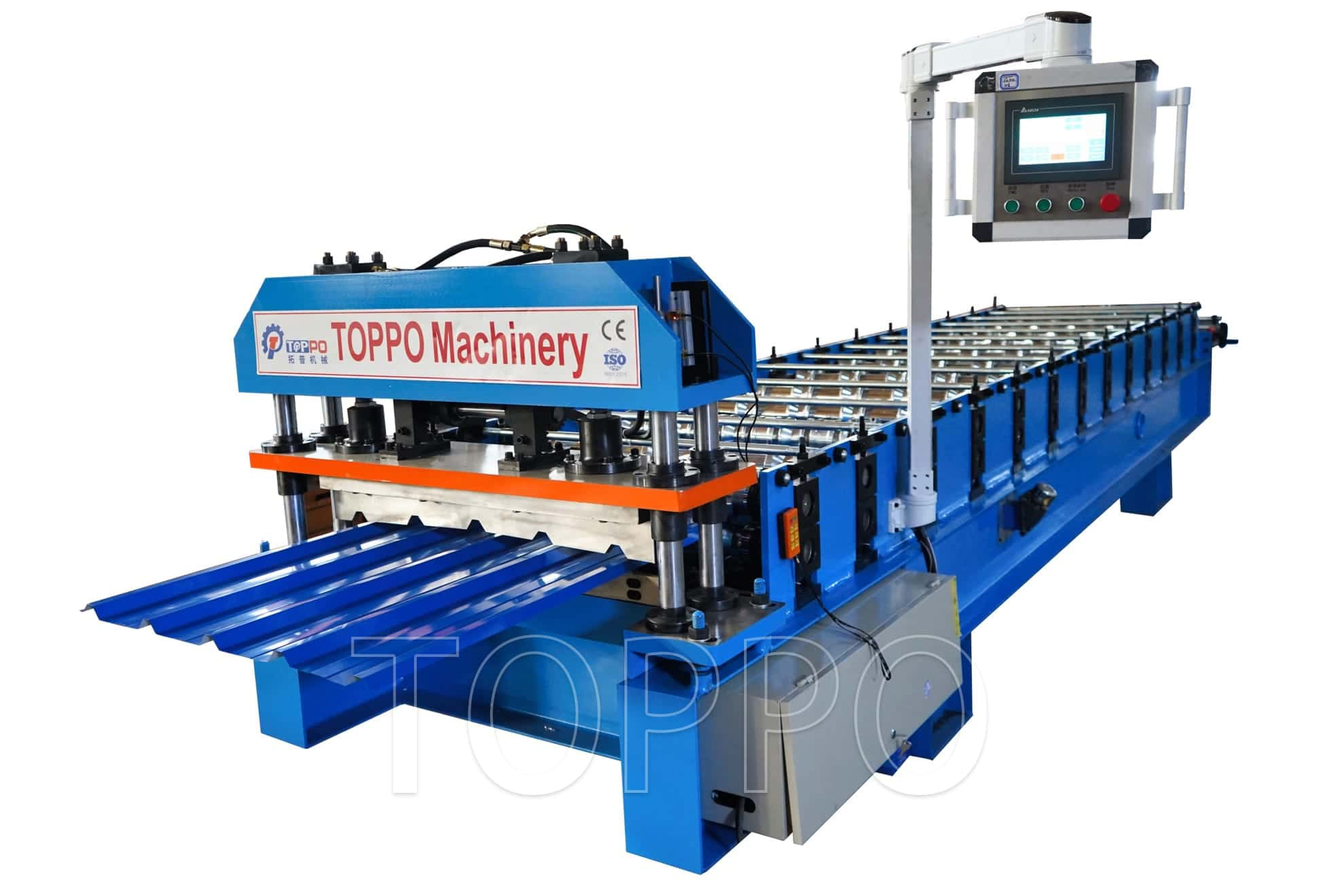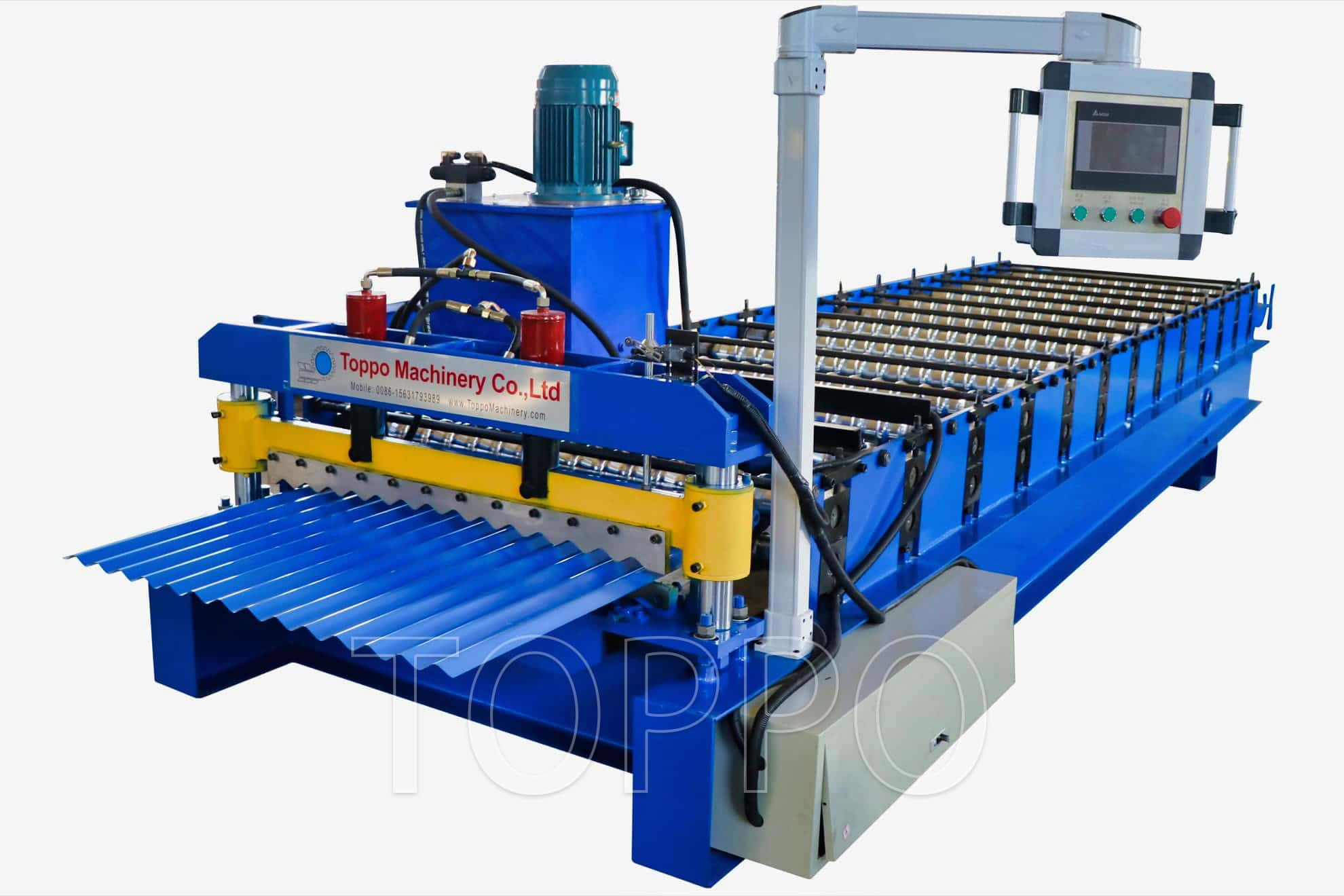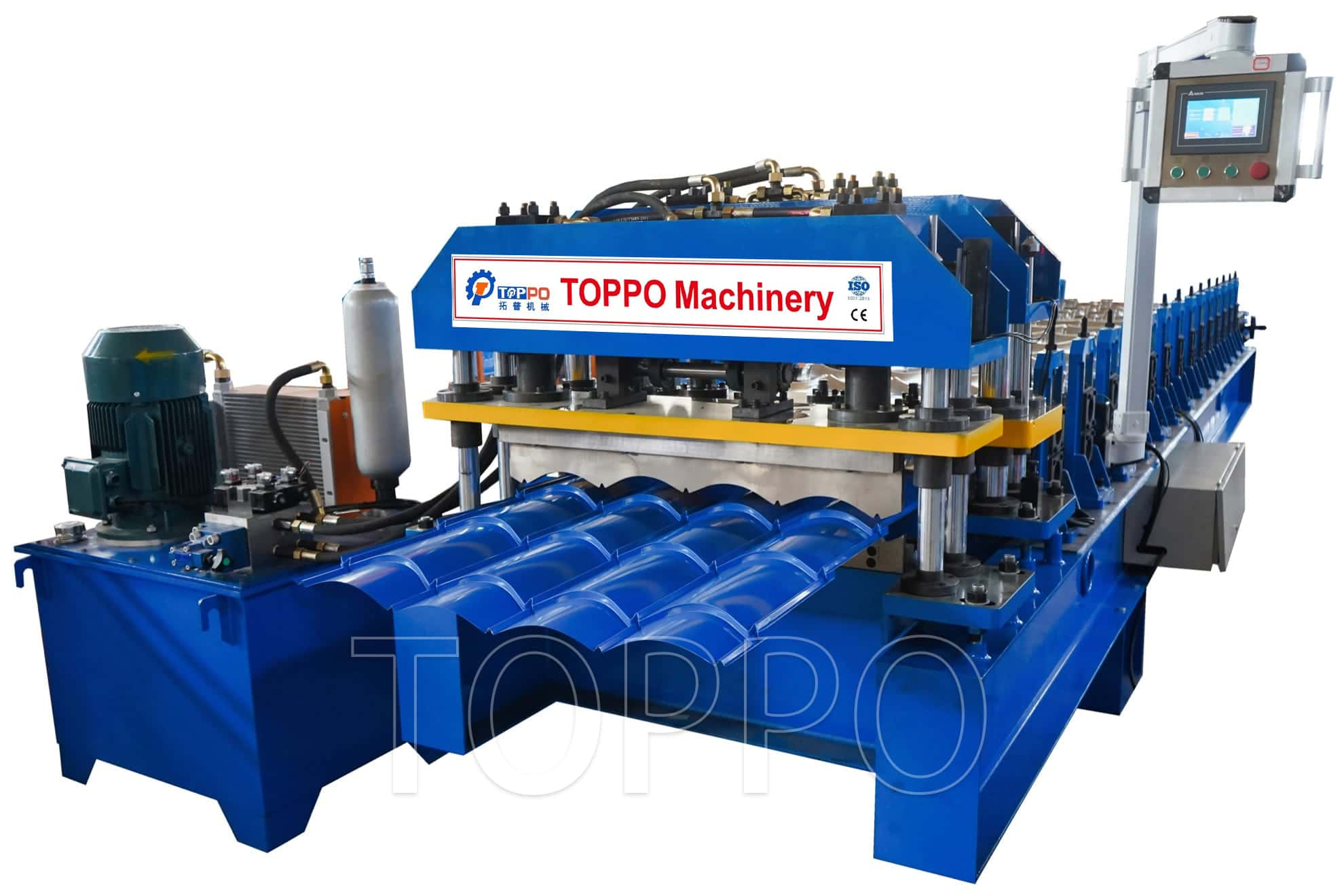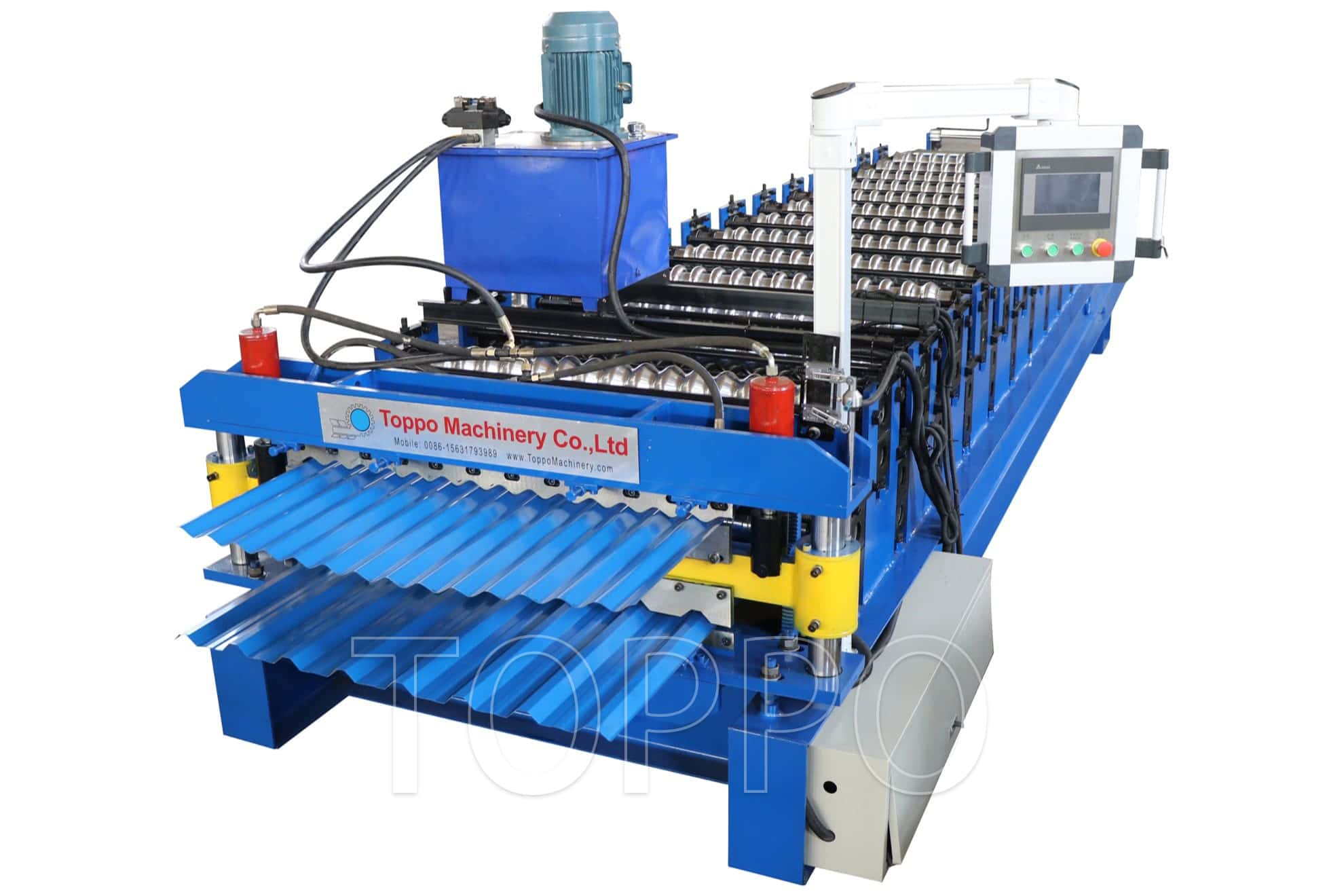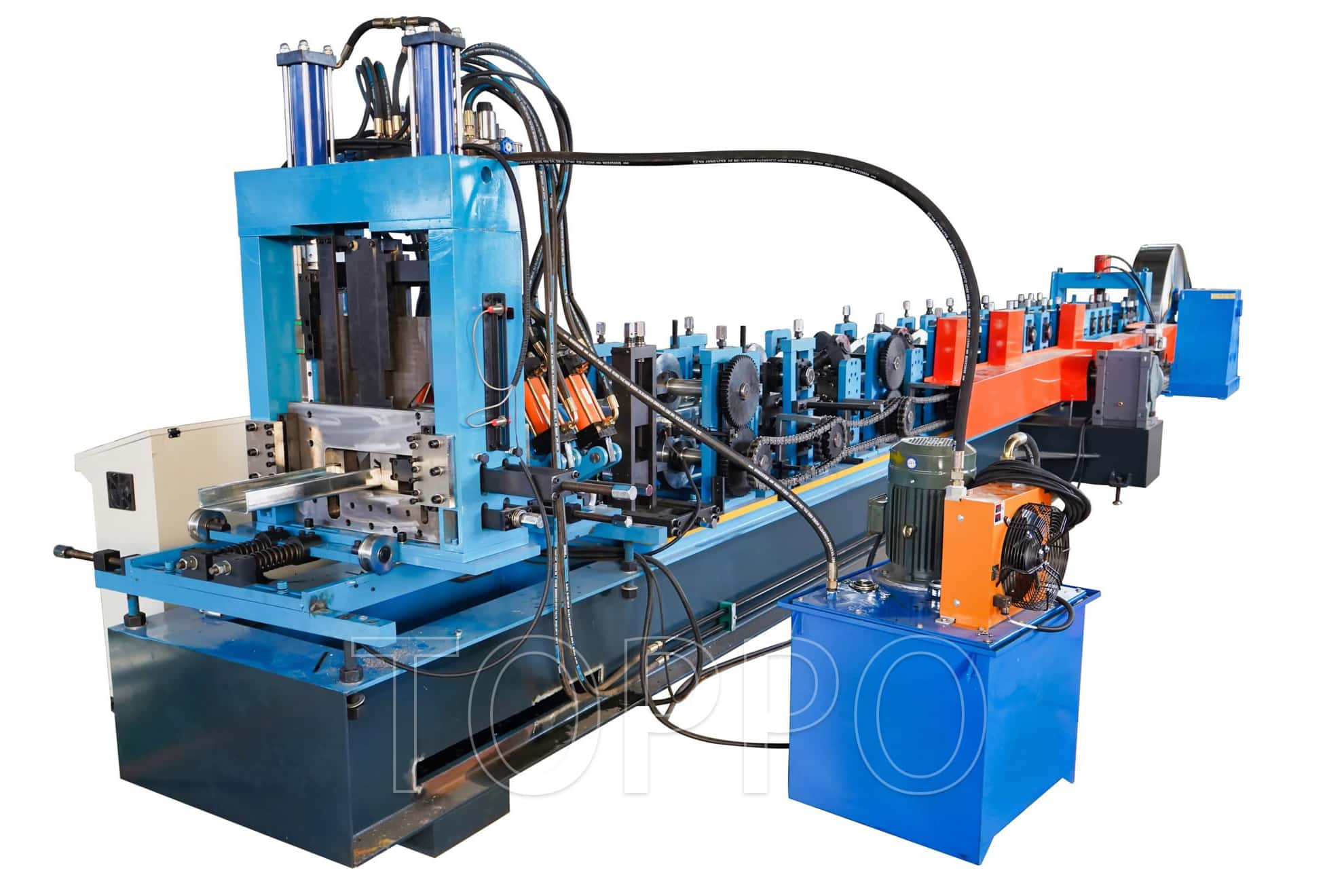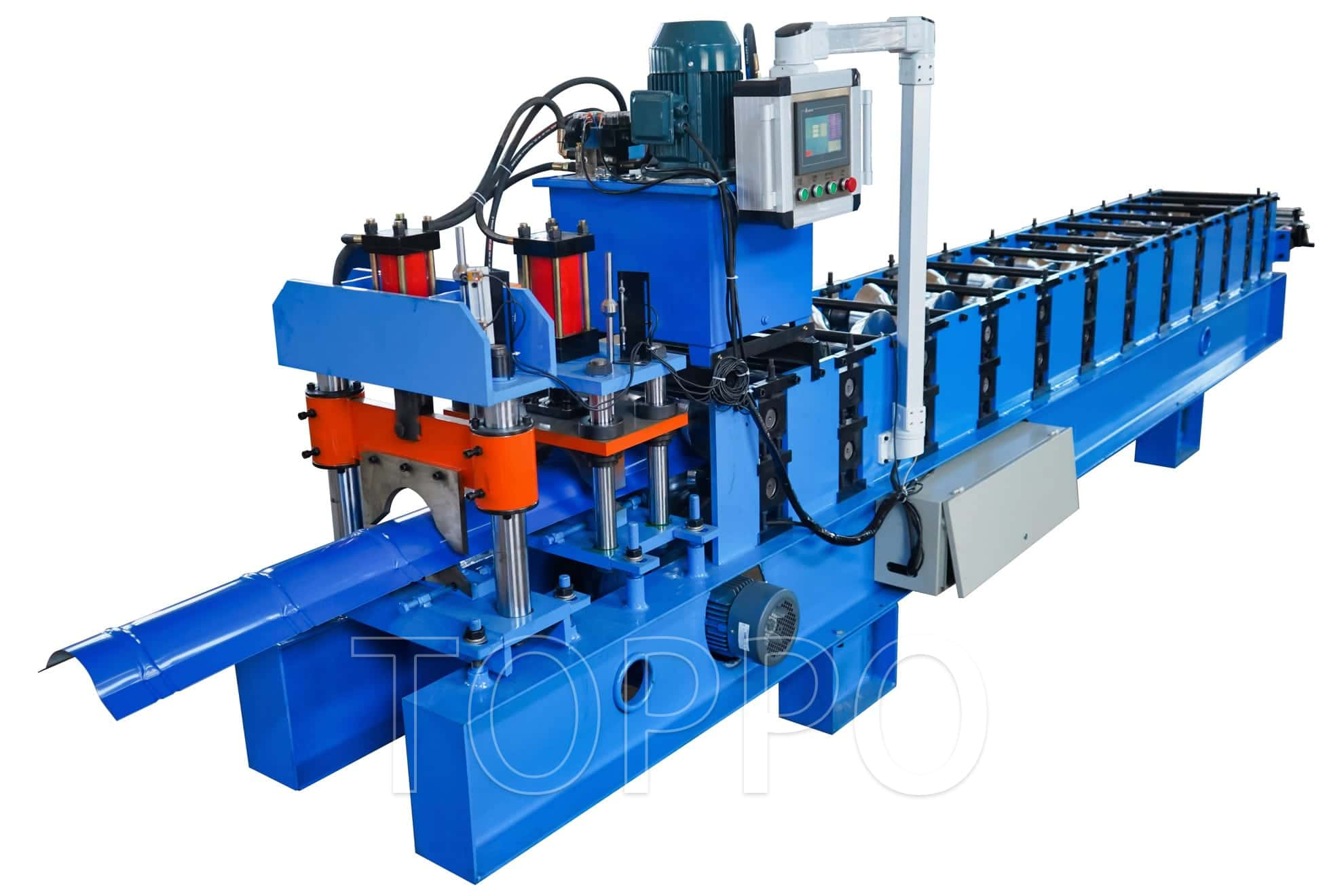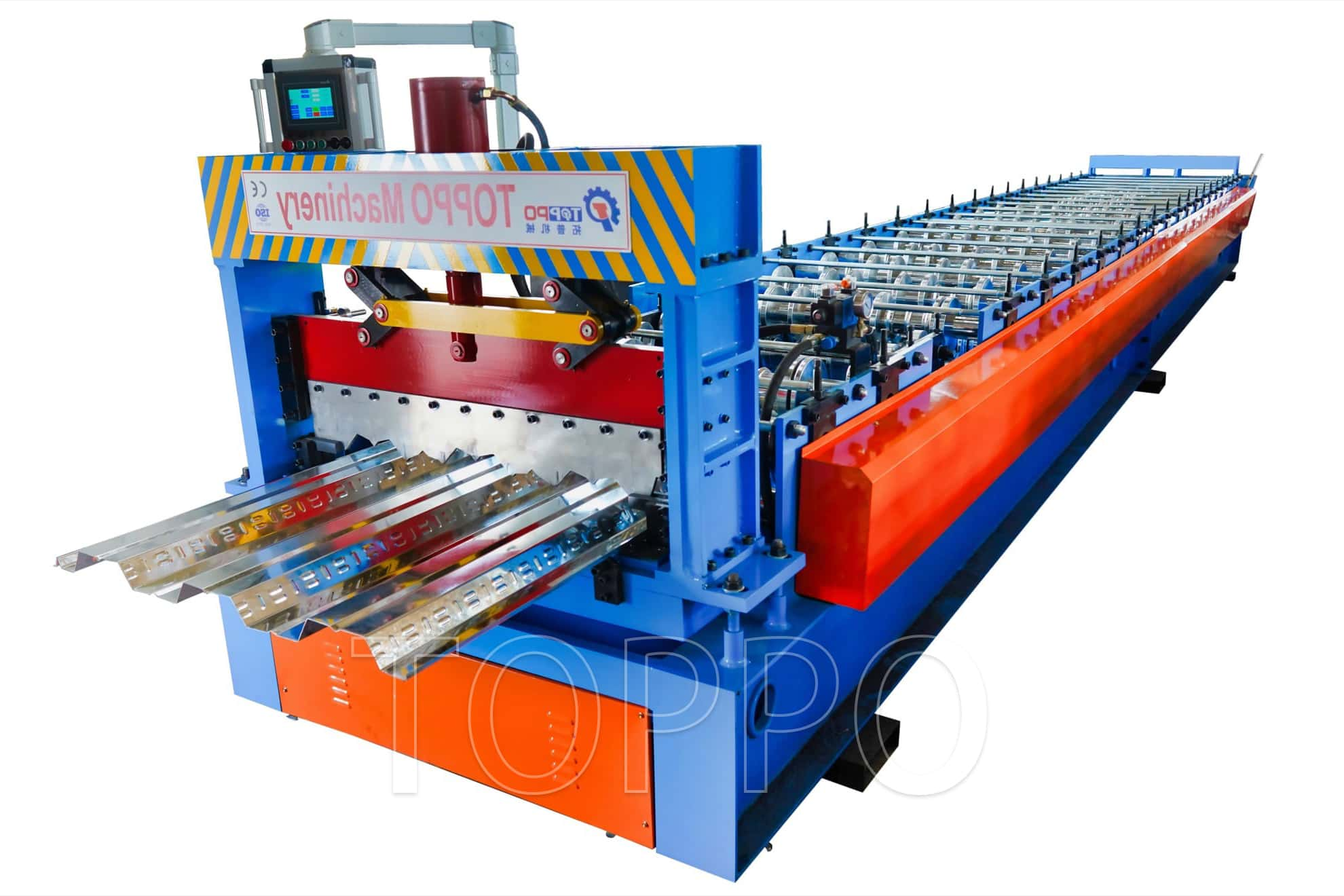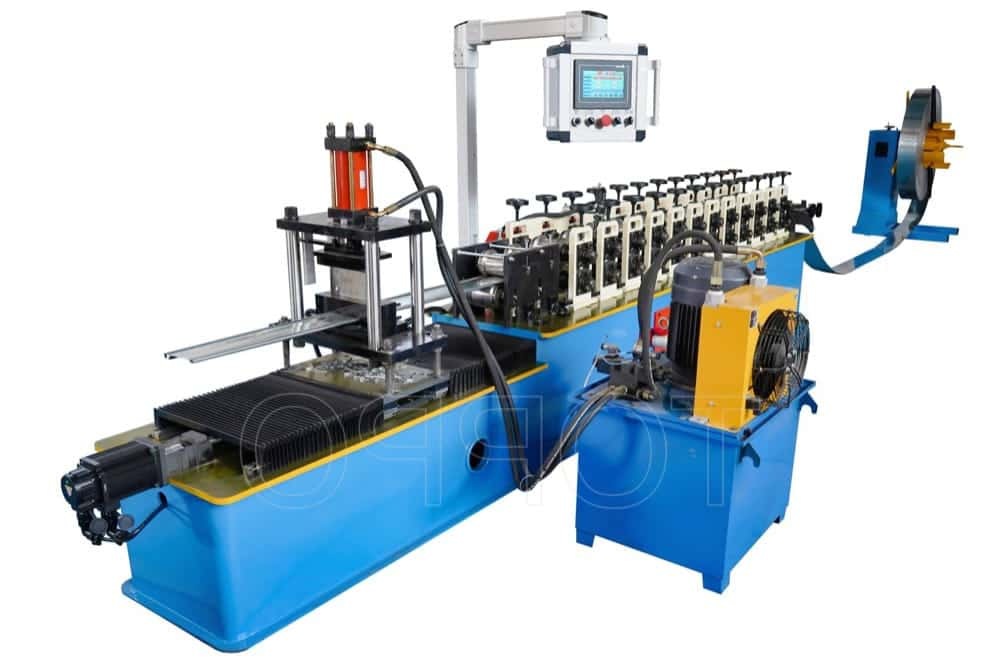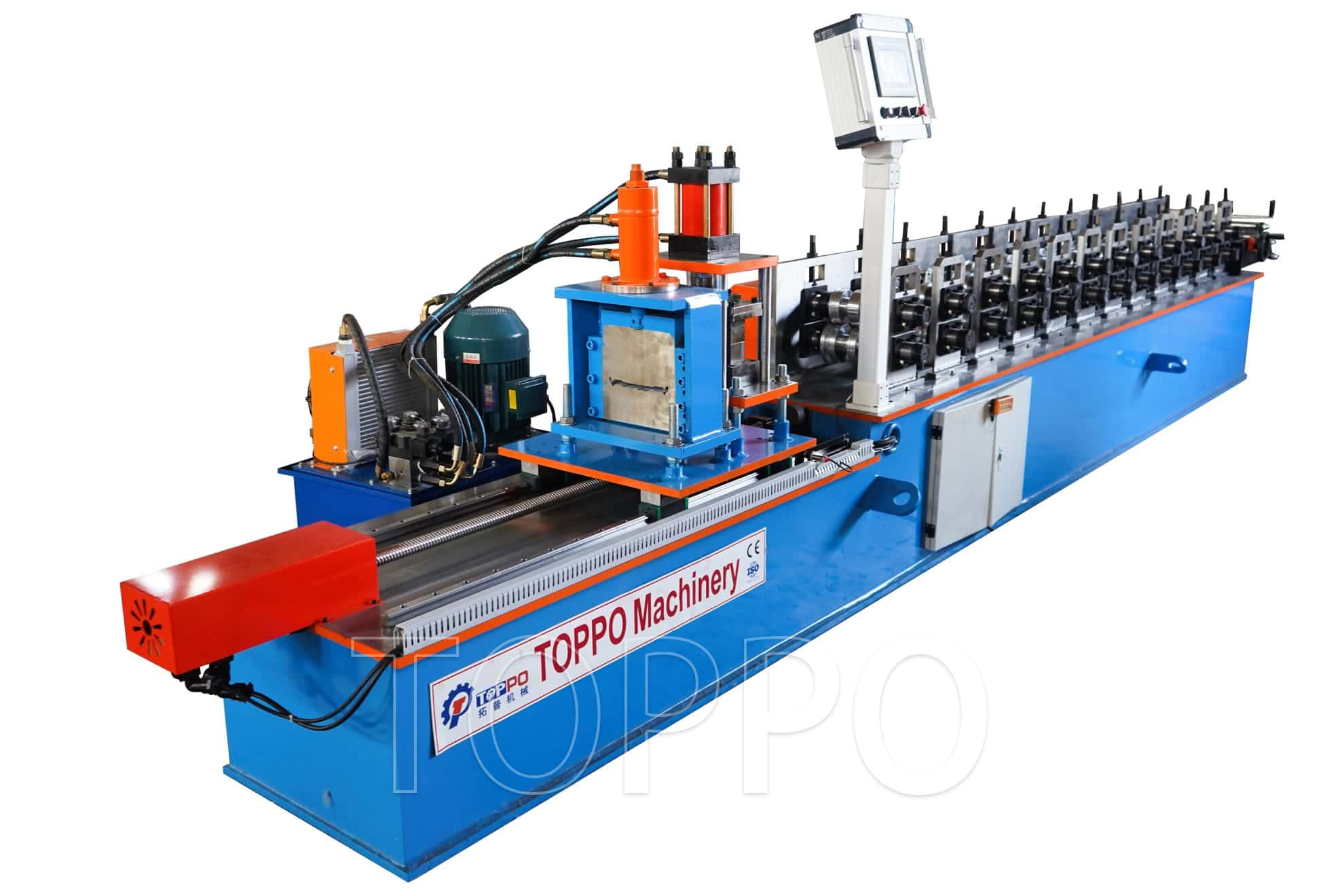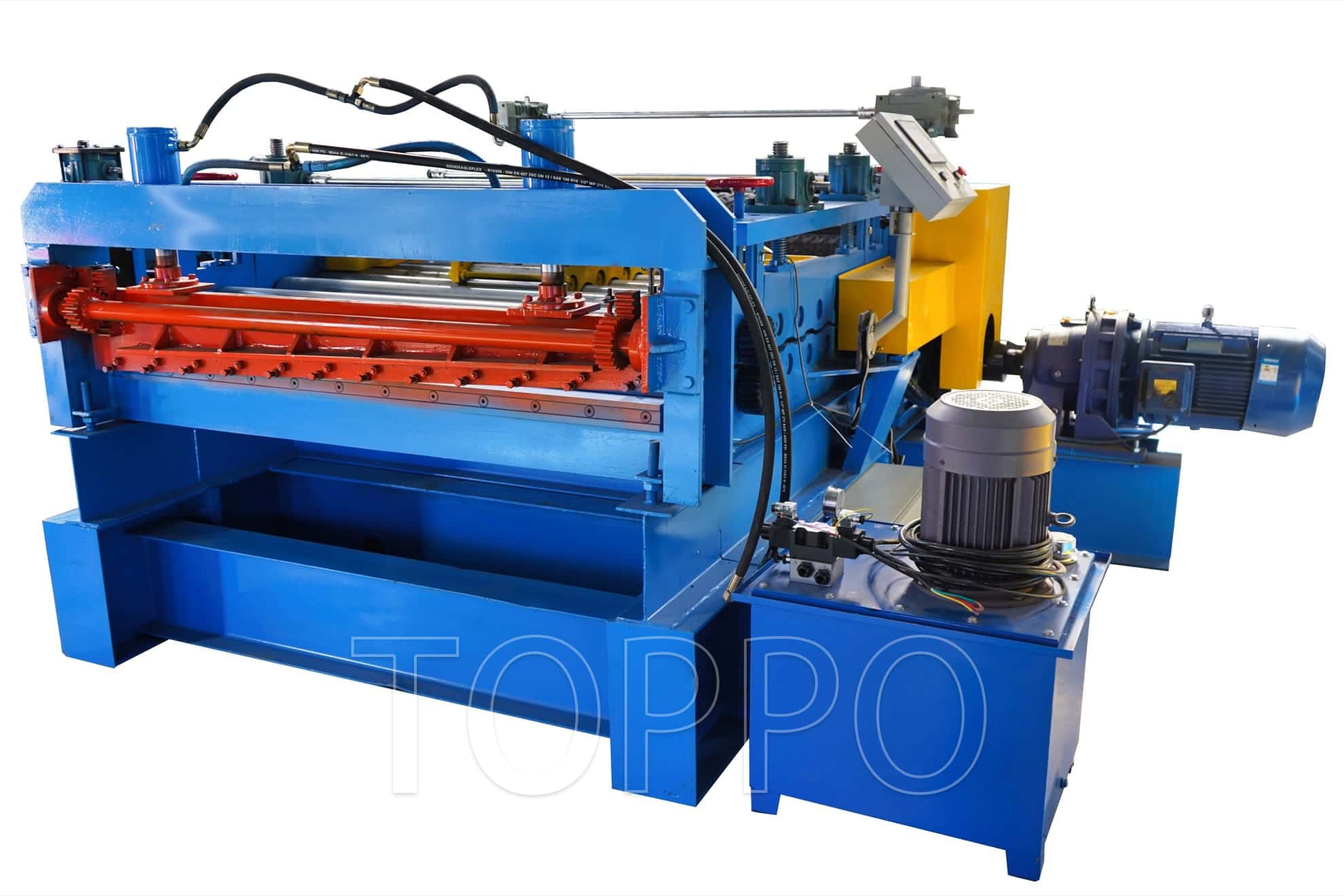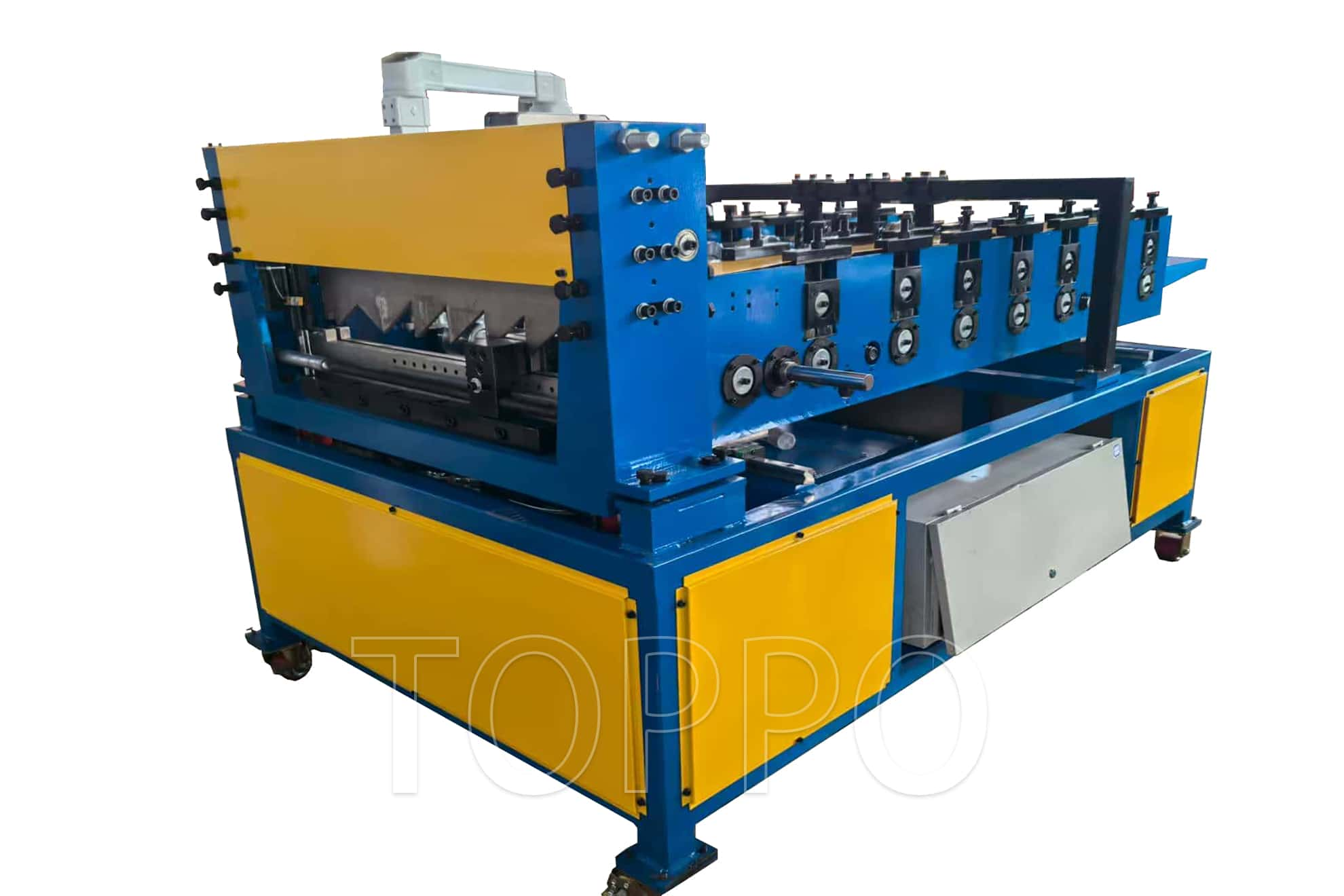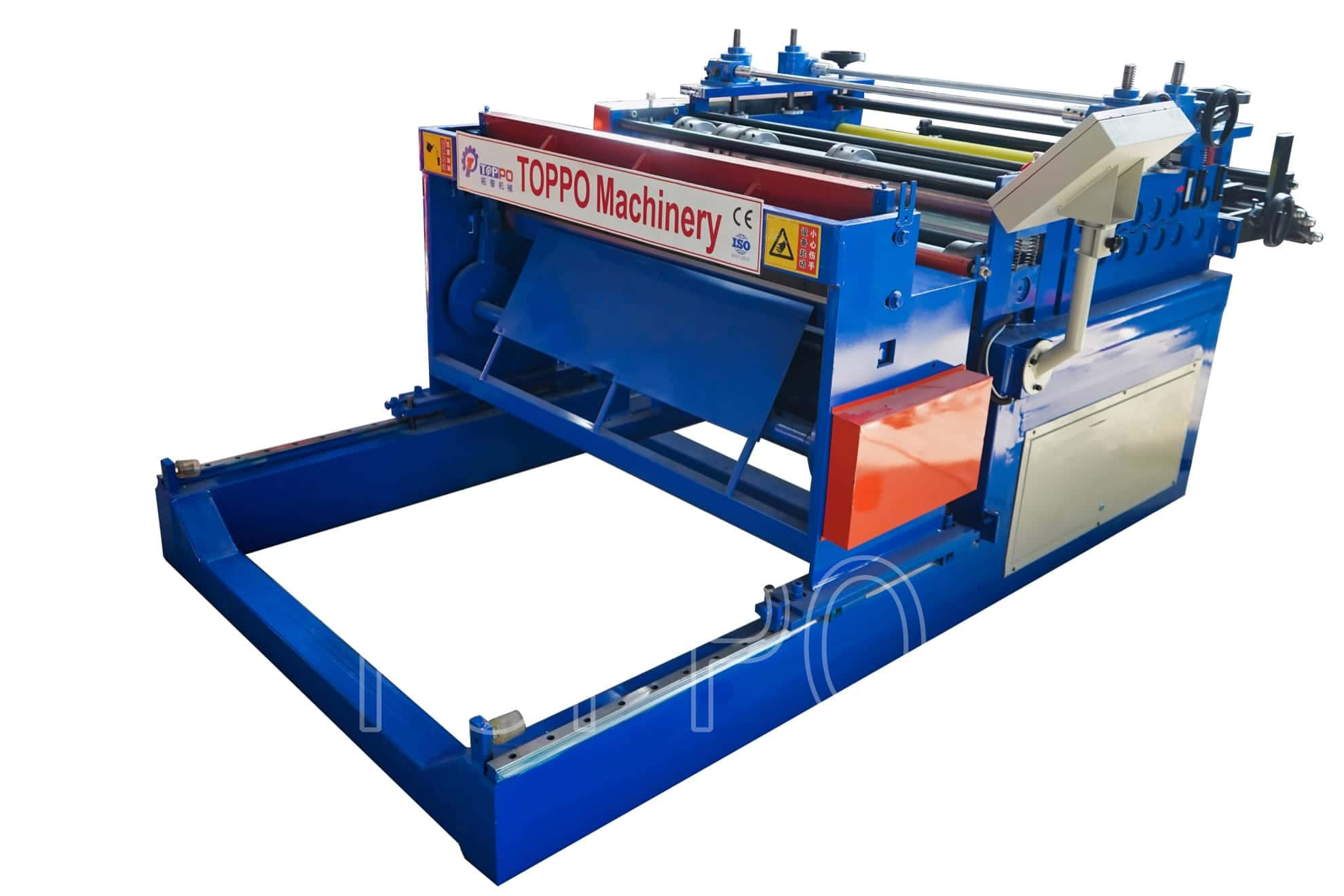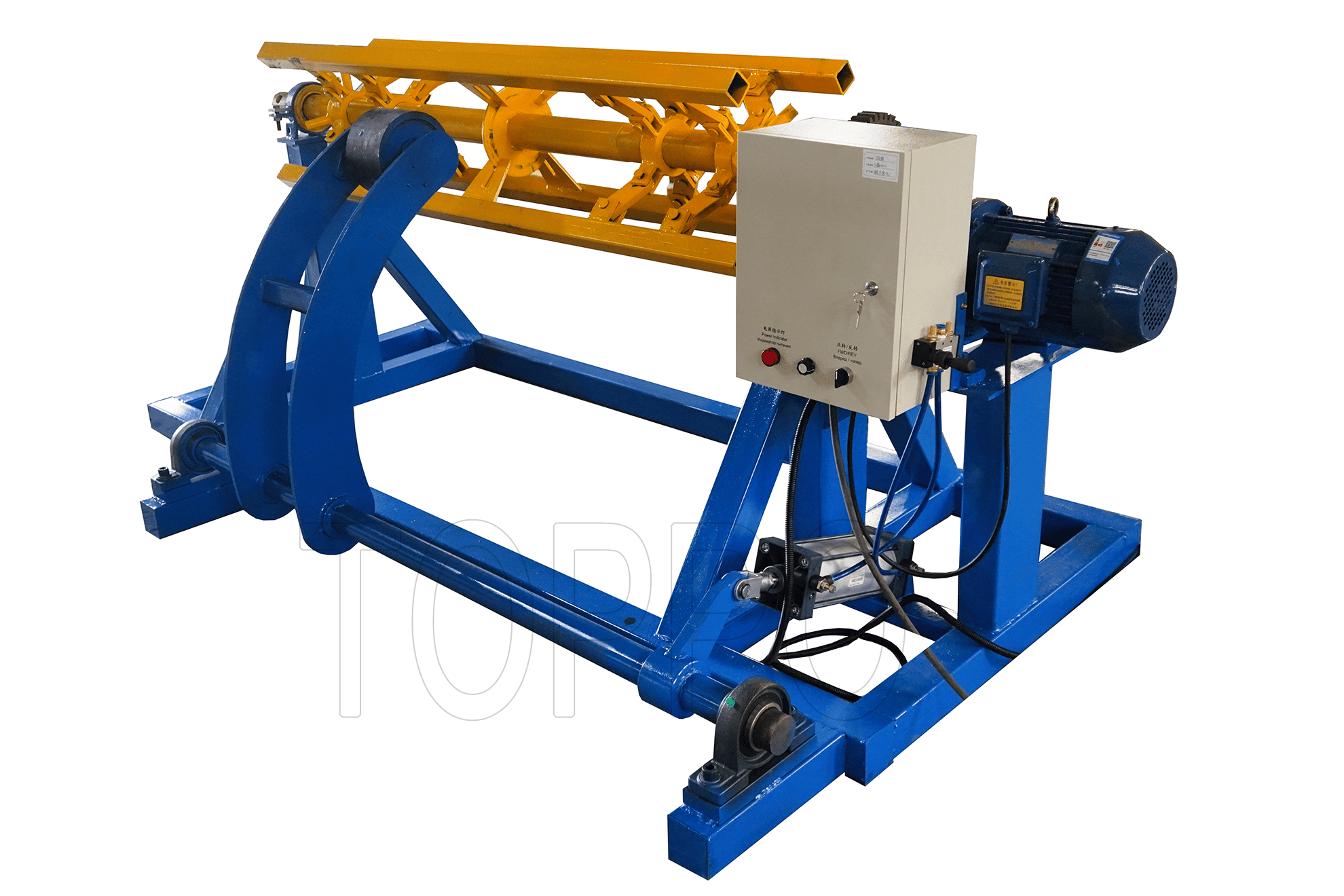- Trapezoidal Machine
- Corrugated Machine
- Glazed Tile Machine
- Double Layer Machine
- CZU Purlin Machine
- Ridge Cap Machine
- Floor Decking Machine
- Rolling Door Machine
- Fence Machine
- Embossing Machine
- Standing Seam Machine
- Cut To Length And Slitting Line
- Guard Rail Machine
- Decoiler And Stacker
- Stud And Track Machine
- Gutter And DownPipe
- Curving Machine
- Cladding Panel Machine
- Corollary Equipment
Roofing Sheet Materials That Last in Tropical and Coastal Climates: A Practical Guide
When it comes to tropical and coastal construction, the selection and forming of roofing sheet materials is a science. The Tr4 color steel metal roof trapezoidal roll forming machine is the backbone for shaping resilient panels, but only if the right setup and materials are matched to local climate challenges. Here’s a practical, step-by-step breakdown of how to do it right—backed by industry experience and field success stories.
1. Top-Performing Materials for Harsh Climates
Aluminum-Zinc Alloy Steel: Delivers a strong defense against both salt and moisture; ideal for coastal or humid tropical zones.
High-Grade Aluminum: Rustproof, lightweight, and highly reflective—suitable for sun-exposed rooftops and storm-prone regions.
PVDF-Coated Panels: Combine aesthetic durability with maximum UV protection, easily processed on any roof panel making machine.
Composite Metal Sheets: Designed for premium durability and extreme exposure, with extra impact resistance.
2. Setting Up the Roll Forming Machine
Material Adjustment: For each alloy or coating, calibrate the trapezoidal roll forming machine rollers and check compatibility for thickness and finish.
Pressure & Gap Checks: On the roof panel making machine, fine-tune roller pressure to avoid coating scratches or edge damage.
Test Run & Inspection: Run initial batches and examine for fit, finish, and profile precision. If needed, recalibrate the trapezoidal roll forming machine for uniform results.
3. Mistakes That Shorten Roof Life
Generic Steel in Harsh Zones: Using basic steel rather than alloy or coated panels in tropical/coastal areas always results in rapid corrosion and leaks.
Improper Roller Setup: Damaged coatings or edge leaks usually come from incorrect roller gap or pressure on the roof panel making machine.
Poor Record Keeping: Not documenting settings or batch results makes it hard to trace issues or repeat successful setups.
4. Lessons from the Field
A coastal contractor in Malaysia switched from standard steel to PVDF-coated aluminum-zinc panels and implemented batch-specific calibration on their Tr4 color steel metal roof trapezoidal roll forming machine. This reduced call-backs and repairs by 60% over two years.
5. Step-by-Step Checklist
Choose material grade, coating, and thickness to match site exposure.
Calibrate and log roller settings for every batch and product type.
Run trial panels and inspect for fit, edge quality, and finish.
Train installers on the differences in handling, cutting, and fastening each material.
By combining precise material selection with expert roll forming setup, roofing professionals can create roofs that thrive in the world’s toughest climates—and build a reputation for quality that lasts.
SEO Keywords: Tr4 color steel metal roof trapezoidal roll forming machine, roof panel making machine, trapezoidal roll forming machine, roofing sheet materials, tropical climate, coastal durability, aluminum-zinc alloy, PVDF panel, composite sheet, roll forming setup, harsh environment, edge protection, panel finish, sun resistance, moisture proof, corrosion control, roller calibration, test batch, installation training, product documentation, coastal contractor, field case, panel inspection, material science, storm resilience, installation practice, machine adjustment, climate exposure, roller gap, coating scratch, repair reduction, profile precision, technical best practices, premium durability, roof longevity, success checklist, impact resistance, batch logging, call-back prevention, industry lesson, training tips
READ MORE:
Field-Tested Roofing Materials and Setup for Tropical & Coastal Areas
Material Choices for High-Performance Roofing in Tropical and Coastal Regions
Choosing the Right Roofing Sheet Materials for Challenging Coastal and Tropical Climates
What Materials Are Best for Roofing Sheets in Tropical and Coastal Areas?
READ MORE:



